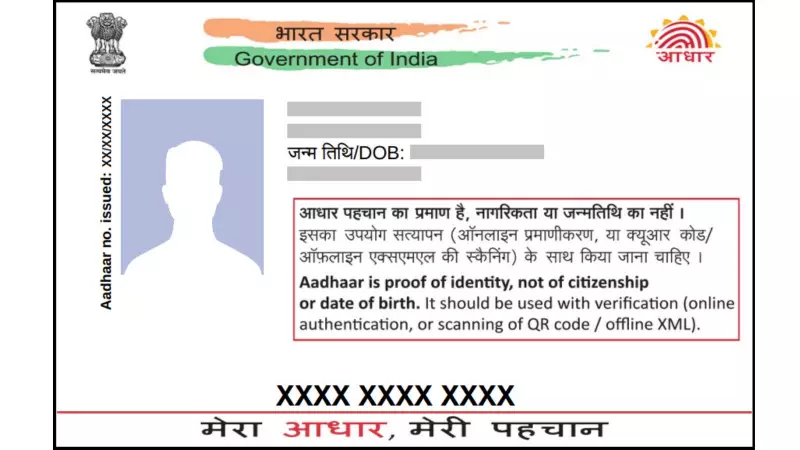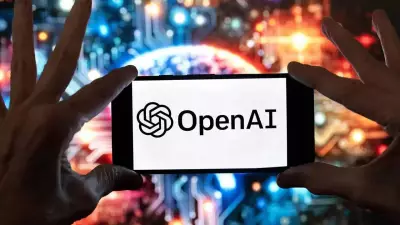
India's groundbreaking Aadhaar system, which has revolutionized digital identity for over 1.3 billion people, is poised for its most significant transformation yet. The Unique Identification Authority of India (UIDAI) has embarked on a comprehensive strategic review to reimagine Aadhaar for the 2032 vision, incorporating next-generation technologies that will redefine digital identity management.
The Technological Revolution Ahead
UIDAI is conducting a major technological overhaul that will integrate artificial intelligence and blockchain technology into the Aadhaar ecosystem. This strategic move aims to enhance security, improve efficiency, and expand the system's capabilities to meet future challenges.
The vision document outlines several key technological upgrades:
- AI-Powered Verification: Advanced artificial intelligence systems will streamline authentication processes while detecting and preventing fraudulent activities in real-time.
- Blockchain Integration: Distributed ledger technology will create tamper-proof audit trails and enhance data security across the Aadhaar network.
- Enhanced Security Protocols: Multi-layered security measures will protect citizen data against emerging cyber threats.
- Interoperability Framework: Improved compatibility with global digital identity standards and emerging technologies.
Beyond Traditional Identity Management
The 2032 vision extends far beyond mere identification. UIDAI envisions Aadhaar evolving into a comprehensive digital identity ecosystem that seamlessly integrates with various government and private sector services while maintaining the highest standards of privacy and security.
"This isn't just about upgrading technology; it's about future-proofing India's digital infrastructure for the next decade and beyond," the strategic review emphasizes. The transformation will focus on creating a more inclusive, accessible, and user-friendly system that adapts to changing technological landscapes.
Strategic Objectives for 2032
- Establish Aadhaar as a global benchmark for digital identity systems
- Enhance user experience through simplified processes and reduced authentication times
- Implement robust privacy-enhancing technologies that give citizens greater control over their data
- Create a scalable architecture capable of handling exponential growth in digital transactions
- Develop sustainable models for continuous innovation and technological upgrades
The technological refresh comes at a crucial time when digital identity systems worldwide are facing new challenges and opportunities. By proactively addressing these changes, UIDAI aims to maintain India's leadership position in digital public infrastructure while ensuring that Aadhaar remains relevant, secure, and effective for years to come.
This strategic initiative represents one of the most comprehensive digital identity modernization programs globally, positioning India at the forefront of technological innovation in governance and public service delivery.





